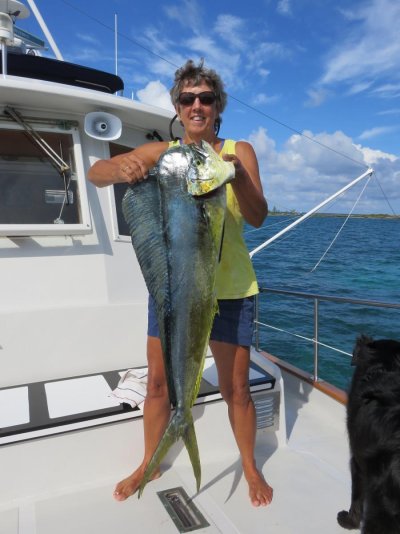Just recieved an email from Greenline boats which included boat ratings that i thought may be of interest to you all..Now i wonder which tating applies to Hordhavn and KK vessels. My guess is B
Categories is the best term. These are European design categories. Here is a link to some recent information.
Technical
The important thing is to remember they are not ratings of any specific completed boat but of the design of a model.
All current KK's are available as CE Category A Ocean for EU Import. So that's not automatic. I don't know what changes or adjustments they make for that category.
I imagine Nordhavn is similar if they choose to build to Category A.
Now older ones may well not be categorized if they're in the US. I would however think more Nordhavn's and KK's in the size ranges you're talking about would be for all practical purposes equivalent to Category A. There may be certain features that wouldn't meet it, but I'd think the basic hull and structure would.
The vast majority of boats under 50' are Category B with a few A's and a few B's. A Beneteau ST 50 is Category B for 14 people and C for 18 people. So that shows you the impact of load. A ST 44 is B for 12 people and C for 14. A ST 34 is B for 8, C for 10, D for 11. A ST 30 is B for 8 and not certified for any other number of people.
There are quite a few boats in the 50' to 75' range that are only Category B.



 Nice catch and you confirm what i suspected of the kk's thank you very much. I've had gas guzzling go fast sportfishers which were great for fishing but not much on comfort if your going to be out for a couple of weeks. None of them carried enough fuel to last for a couple of weeks but they could hit 50+mph. That said the Nord's i suspect suffer from the same problems for fishing but i can make either work just as you did. They are both much more comfortable than a sportfisher for gunkholing and extended cruises. Thanks
Nice catch and you confirm what i suspected of the kk's thank you very much. I've had gas guzzling go fast sportfishers which were great for fishing but not much on comfort if your going to be out for a couple of weeks. None of them carried enough fuel to last for a couple of weeks but they could hit 50+mph. That said the Nord's i suspect suffer from the same problems for fishing but i can make either work just as you did. They are both much more comfortable than a sportfisher for gunkholing and extended cruises. Thanks